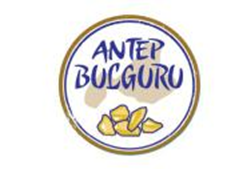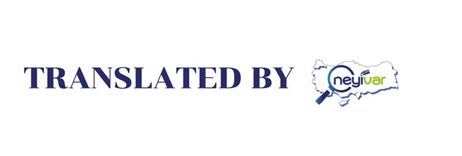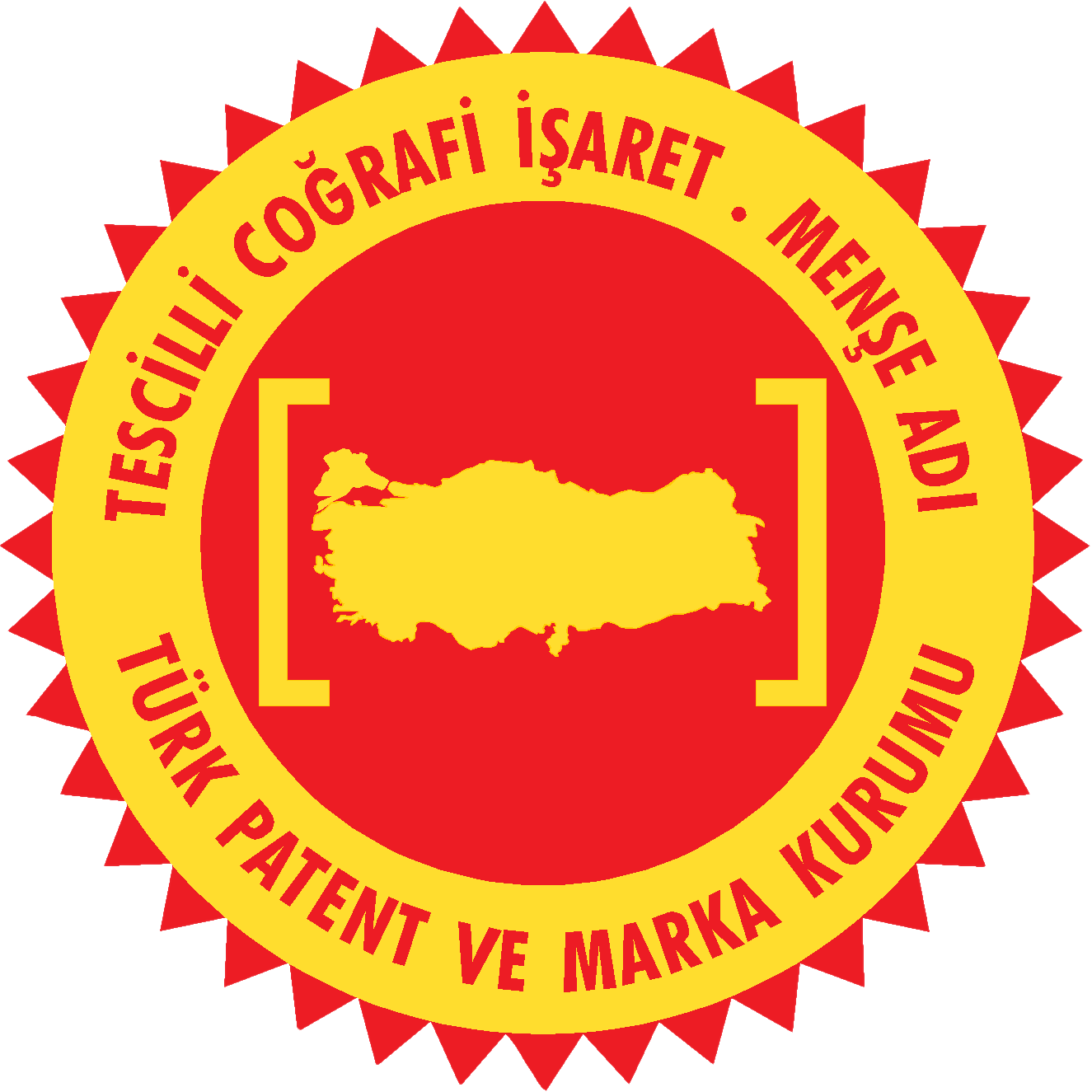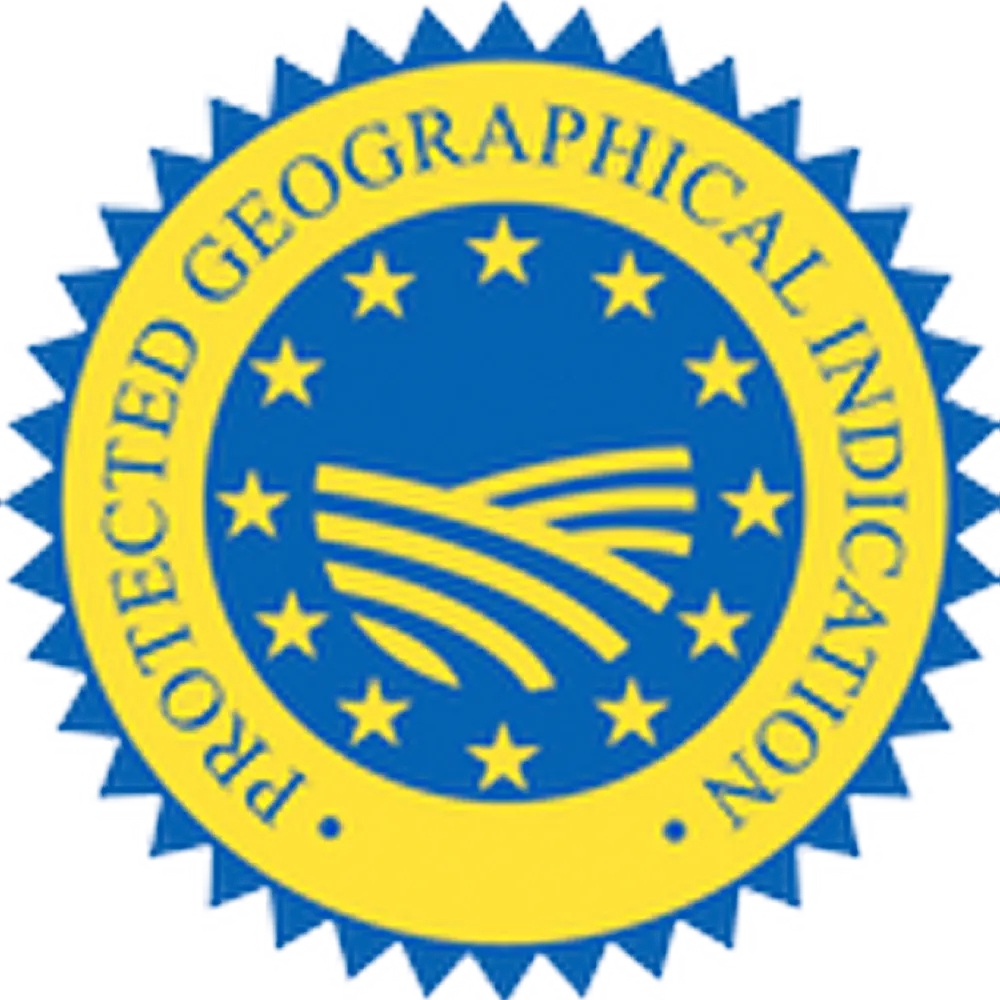Antep Bulgur Protected Geographical Indication
Tuesday, July 5, 2022
No: 289 – Protected Geographical Indication (PGI)
ANTEP BULGUR
Registrant
GAZIANTEP COMMODITY EXCHANGE
This geographical indication was registered on 25.12.2017 to be protected as of 16.03.2017 under the Industrial Property Law No. 6769.
Registration Number : 289
Registration Date : 25.12.2017
Application Number : C2017/017
Application Date : 16.03.2017
Name of the Geographical Indication : Antep Bulgur (Gaziantep Bulgur)
Product / Product Group : Bulgur / Other
Type of Geographical Indication : Protected Geographical Indication (PGI)
Registrant : Gaziantep Commodity Exchange
Address of Registrant : Sanayi Mah. 60092 No'lu Sok. Bina No: 15 Şehitkâmil Gaziantep
Geographical Limits : Gaziantep Province
Usage format : Geographical indication can be placed on the product together with the brand
where the product brand is used.

Product Description and Distinguishing Features:
Bulgur has been consumed by different cultures since ancient times as one of the first processed food products in the world. Bulgur is the product obtained by cleaning, cooking, drying and classification of wheat. The type of wheat used in bulgur production is generally Triticum durum wheat. Bulgur is produced in our country in accordance with the conditions specified in the Turkish Food Codex Bulgur Communiqué (COMMUNIQUE NO: 2016/49).
The wheat used to produce bulgur is one of the oldest foodstuffs. Archaeological findings show that the homeland of wheat is Mesopotamia. Findings on bulgur production date back to 4000 BC. Archaeological findings have shown that the Eastern Mediterranean Region surrounding the Tigris and Euphrates rivers was one of the first places where bulgur was processed. It was transported to other parts of the world by the Silk Road trade. Although it is known in many parts of the world today, it is produced and consumed especially in Anatolia and the Middle East. In our country, most of the production is done in Gaziantep. Depending on the growing areas of hard durum wheat in terms of geographical and climatic characteristics in our country, bulgur, which is produced and consumed widely in Southeastern Anatolia and Central Anatolia Region, is our national product as a country.
Gaziantep has been producing bulgur since ancient times. Most of the bulgur produced today takes its origins from this region as technical information and the province is the center of bulgur processing technology. Food processing machinery factories that can supply all kinds of equipment and machinery for the processing of bulgur are located in the province. In addition, these factories export their bulgur processing machines abroad.
Distinctive features of Antep bulgur:
1- Raw Material
Wheat is the most important factor in obtaining the unique smell and color of Antep bulgur. The type of wheat used in bulgur production is one of the factors affecting the quality of bulgur. In bulgur production, durum wheat called hard wheat (Triticum durum) should be used. The reason for this is that hard wheats are bright yellow in color and richer in protein compared to other wheats. The wheat used for Antep bulgur should be hard wheat grown in the Southeastern lands, which does not receive rain during the protein formation phase, and is grown relatively arid and without water. The amount of protein of the wheat grown in these soils is higher than the other hard wheats (12-16%, on the basis of dry matter). Triticum durum wheat is primarily used in the production of Antep bulgur, as they contain a high amount of yellow pigment (lutein).
2- Color and aroma
Antep bulgur has a smooth and homogeneous surface. It is generally bright or matte yellow in color and more angular than other types of bulgur.
3- Production technique
Unlike other bulgur, the tempering time of Antep Bulgur is 15-20 minutes and the process continues until the humidity rate reaches 15-17%. In the case of Antep bulgur, after cleaning, crushing process is carried out in hammer and/or disc mills.
The peeling process is done in vertical peelers. The products, which are carried out in different ways, differ in terms of color and aroma. All production stages of bulgur require mastery. Mastery and production experience are important and necessary for the production of quality bulgur.
Production Method:
Clarification: Clarification is the purification of wheat from all kinds of foreign matter, such as dust, straw and leaves are separated from the wheat. The cleaned wheat is sent for washing for bulgur production.
Washing: The washing process is to remove dust, residue, etc. stuck on the wheat. It is carried out to clean all kinds of foreign matter. Thus, the true color of the wheat is revealed. After washing, the wheat is strained and ready to be cooked.
Cooking: After washing, the clean wheat is added to boiling water in large cauldrons. The amount of wheat is half the amount of water (for example, 2 tons of water is used per 1 ton of wheat). Continuous heat is given to the wheat-water mixture, allowing it to boil naturally. The bubbling mixture acts by itself, ensuring even distribution of heat. In the meantime, the starch in the wheat grain begins to gelatinize. The cooking process ends when all the starch has gelatinized. Cooked wheat is now called hedik. Hedik humidity should be about 50%.
Drying: The cooked wheat is dried in a closed system using hot air. Tower-type dryers are preferred for this process. In the traditional production method, wheat was sundried in open air. The reason why dryers are preferred in the industrial sense is that this makes the process is easier and shorter, food safety is kept under control and drying in accordance with the standards is ensured without being subject to seasonal changes.
Annealing: The dried wheat is exposed to water for 15-20 minutes before the peeling stage and its moisture gets increased to 15-17%. The reason for this is to soften the hard shell of the wheat and make it easier to peel.
Peeling: The peeling system consists of specially manufactured disc sanders stacked on top of the vertically working shaft shaft. With the pressure of the product feeding screw, the product is squeezed from top to bottom between the outer jacket and the emery, and its shell is peeled off. The peeled shell (bran) is removed by being carried out of the liner with a special air usage system. The air passing between the discs ensures the efficient operation of the machine.
Crushing: The peeled wheat is crushed in disc, hammer or roller mills to reduce the grain size.
Annealing: In order for the bulgur to have the desired bright yellow color as a result of the polishing process, it is annealed with water for 25-30 minutes.
Polishing: Thanks to the horizontally positioned lugs on the rotor shaft in the polishing cylinders, the bulgur is struck against the outer liner and polished.
Classification: This process is carried out to obtain standard groups, by classifying and grading, in order to improve the quality of bulgur for commercial purposes. Thanks to the various sieves in the classification system, bulgur is divided into various sizes. These are generally whole bulgur, bulgur for rice, bulgur for medium rice, fine bulgur (simit) and bulgur for steak tartar a la turca.
Packaging: Bulgur is packaged in a way to prevent contact with external factors. The place where bulgur is kept should not receive direct sunlight and the temperature should be kept around 20°C
Production, Processing and Other Operations to be Performed within the Geographical Boundary:
Since every stage of Antep Bulgur production requires mastery and the producers in Gaziantep have the necessary mastery and knowledge, all the stages of transformation from wheat to bulgur must be carried out in Antep.
Inspection:
Under the coordination of Gaziantep Commodity Exchange, the supervisory authority is made of 4 people; 1 person from Şehitkamil Chamber of Agriculture, 1 person from Gaziantep Provincial Directorate of the Ministry of Food, Agriculture and Livestock, and 1 person who is an expert in their field from Gaziantep University. The supervisory authority convenes with the participation of at least 3 members. The supervisory authority conducts inspections regularly every 6 months, and can always conduct inspections when needed or upon complaint.
The inspection authority considers the products that meet the following conditions as Antep Bulgur:
1- Production using Triticum durum wheat
2- Realization of all stages of transformation from wheat to bulgur in Gaziantep
3- Production proper to the production method specified in the registration and to meet the following conditions
- Annealing time should be no more than 30 minutes
- Annealing humidity rate should be 15-17%
- Crushing should be done with a disc, hammer or roller mill
- Peeling should be done in vertical peelers
- The bulgur produced is angular and yellow in color
The supervisory authority may benefit from or purchase services of public or private institutions, or natural or private entities in charge, during the execution of the inspection. The registrant carries out the legal processes for the protection of rights.

Original text from ci.gov.tr.












